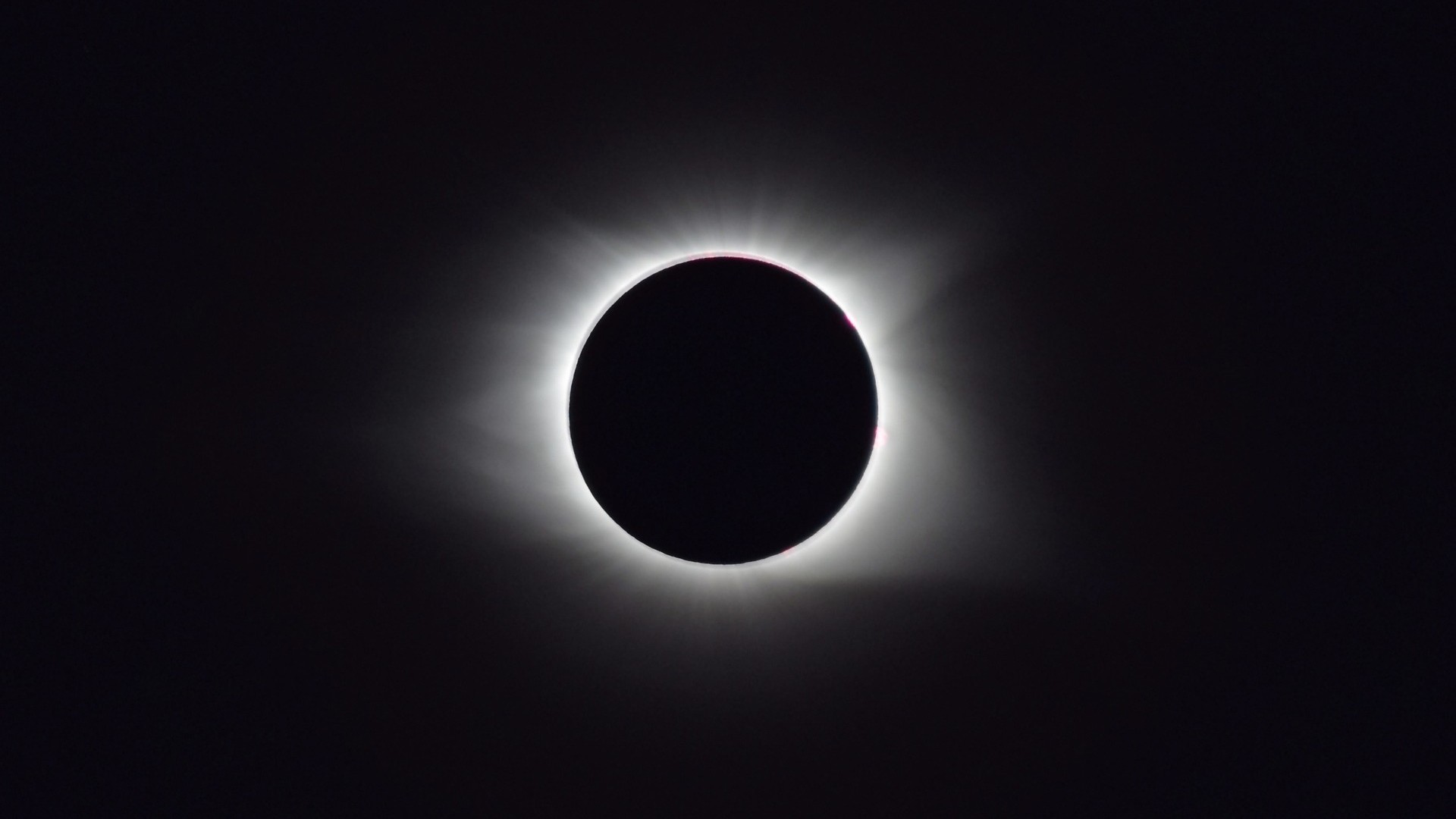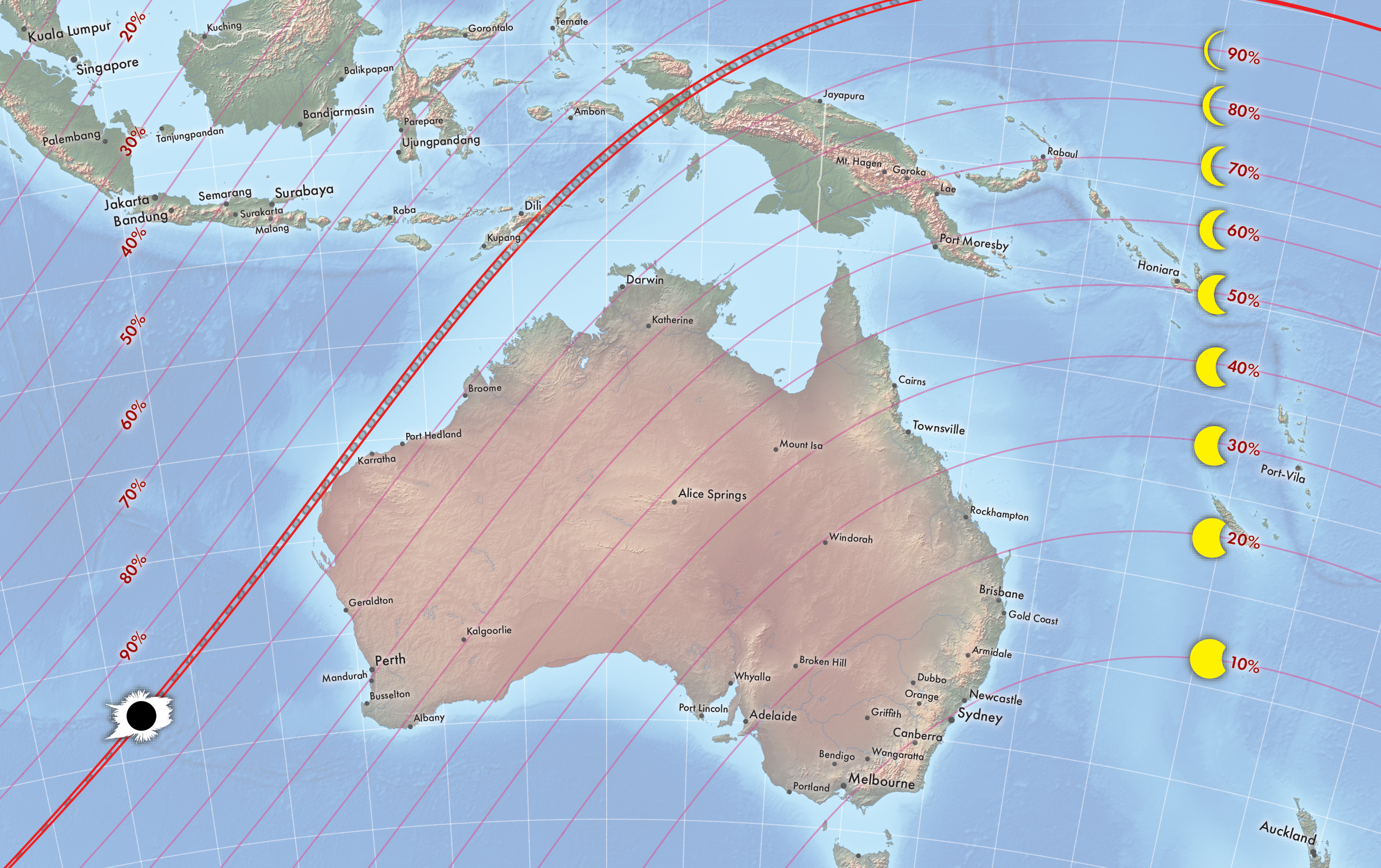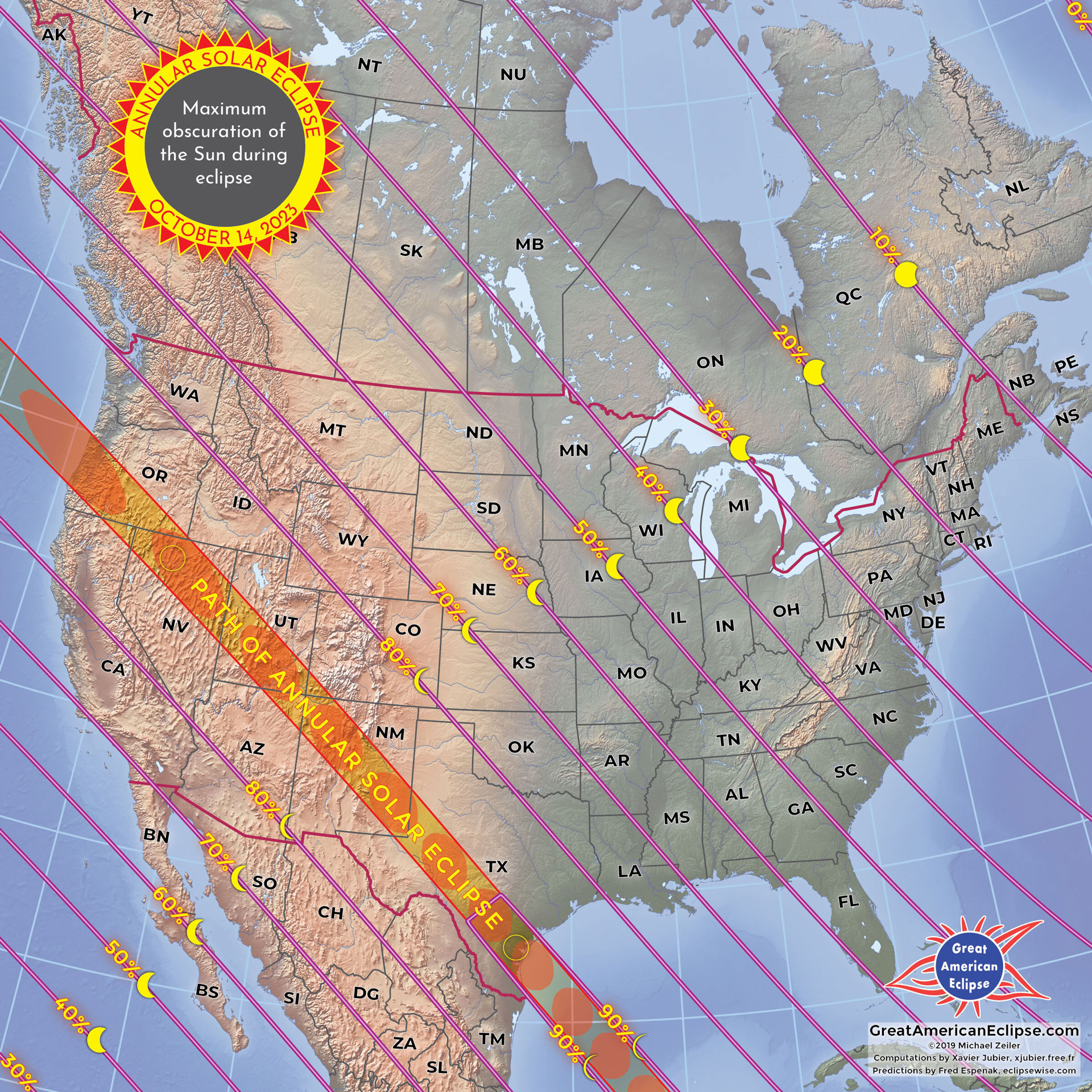A total solar eclipse and a 'ring of fire' make 2023 special for eclipse-chasers
A rare and remote 'hybrid' eclipse will be followed by a 'ring of fire' in North America.

Have you ever seen a total solar eclipse? If you have, it's likely that you uttered the same thing as everyone else say after the experience — when's the next one?
Unfortunately, the last few total solar eclipses have been incredibly difficult to get to and were witnessed by relatively few eclipse-chasers. Not only is that set to change this year, but 2023 will have two very special solar eclipses. While the first solar eclipse is incredibly rare, the second is easily accessible to millions of North Americans.
Here's why 2023 is set to be an exciting one for anyone interested in solar eclipses.
Related: Solar eclipses 2023: When and where to see the next solar eclipse
Read more: How to photograph a solar eclipse
A sight for sore eyes
The last time a total solar eclipse was experienced by whoever wanted to make the journey into the path of totality was on July 2, 2019, when a stunning eclipse was observed low in the late afternoon sky from northern Chile and Argentina. The long path of totality was mainly across the Pacific Ocean, only briefly crossing land just before sunset. The weather forecast had been very poor for the event, something that had persuaded many eclipse-chasers to wait until the following eclipse. That was a big mistake. As it turned out, the 2019 total solar eclipse was almost perfectly clear skies across South America with onlookers witnessing a dramatic totality low in the sky.
Sadly, particularly for those that stayed away, the 2019 total solar eclipse was the last time eclipse-chasers got to see the solar corona and Baily's beads—the two spectacular phenomena that make total solar eclipses so unique—for a few years.
The specter of COVID and its related stringent travel restrictions meant that the last two total solar eclipses were witnessed largely by domestic eclipse-chasers. On Dec. 14, 2020, many travel plans were axed and only local people — this time in southern Chile and Argentina — got to experience totality. Exactly a lunar year later on Dec. 4, 2021, only a few thousand people, mainly in cruise ships in Antarctica and some in a special eclipse flight — got to experience totality … as well as a few thousand Emperor penguins.
Breaking space news, the latest updates on rocket launches, skywatching events and more!
What about 2022? Sadly, there were no total solar eclipses for anyone to travel to — just a couple of partial solar eclipses observed (again) in Chile and Argentina on April 30, 2022 then in Europe on October 25, 2022.
The two eclipses in 2023
Thankfully, 2023 not only sees the return of totality, but also a rare 'ring of fire' annular solar eclipse visible in North America. Firstly, on April 20, 2023, comes a total solar eclipse, but this one has a twist. In a rare, cosmic alignment of the Earth, moon and sun, this event will be a hybrid affair, the first such solar eclipse since 2013 and the last one until 2031. Secondly, on October 14, 2023, comes an annular solar eclipse in which a smaller-than-average new moon moves across, but fails to block completely, the sun to cause a 'ring of fire'. The unusual effect will last at most five minutes 17 seconds, but it's the visibility of this eclipse that is most notable — seven states in the U.S. southwest will be in the path of annularity.
Here's what you need to know about both of 2023's solar eclipses and what's so special about them:
2023's total solar eclipse
On April 20, 2023, a New Moon will eclipse the sun, but it will stumble. Slightly too far away from Earth on its elliptical orbit to fully cover all of the sun, the moon will for short time fail to cause a total solar eclipse. For a few seconds, a ring of fire will be visible from the Indian Ocean. However, by the time the moonshadow reaches the Western Australian town of Exmouth, the moon's disk will completely cover the sun to cause a total solar eclipse, albeit a short one. In fact, the 20,000 people eclipse chasers, expected in Exmouth — and those in cruise ships in the Indian Ocean — will experience around one minute of darkness in the day. Even at the point of greatest eclipse, just off the coast of Timor-Leste, only 76 seconds of totality will occur.
However, what this total solar eclipse will lack in duration it will more than make up for the unusual astronomical sights on offer. An extended display of Baily's beads around the New Moon is predicted for onlookers as is a long view of the sun's pink chromosphere around the moon during totality.
2023's annular solar eclipse
On Saturday, Oct. 14, 2023, an annular solar eclipse will sweep a 'ring of fire' across North, Central and South America. It will visit Mexico, Guatemala, Belize, Honduras, Nicaragua, Costa Rica and Panama, but before it does it will cross eight US states. Starting in Oregon, a 'ring of fire' lasting up to 4 minutes 40 seconds will be visible from northern California, northeast Nevada, central Utah, northeast Arizona, southwest Colorado, central New Mexico and southern Texas. On its way it will cross above over 20 National Parks, National Monuments and wilderness areas, giving eclipse chases in North America an ideal excuse to travel around the country's southwest.
The only drawback to this annular solar eclipse is that at no point is it possible to view it with the naked eye. Since only 91% of the sun's disk will be covered by the new moon, solar filters will have to be worn on both human eyes and optical/camera equipment. The last annular solar eclipse seen in the U.S. was on May 20, 2012, again in the southwest region.
Countdown to 2024
Perhaps the best thing for North America about October's annular solar eclipse is that it's the best warm-up event possible for a much more potent solar eclipse in North America in 2024. On Monday, April 8, 2024, a totality as long as 4 minutes 28 seconds — the first since the 'Great American Eclipse' of 2017 and the longest observed on land since 2009 — will be visible from parts of Mexico, the U.S. and Canada as a moon shadow rips across the continent. It will be the last major total solar eclipse visible from North America until 2044 (aside from one in Alaska in 2033), so it's time to start planning for that one.
Totality waits for nobody.
Follow us @Spacedotcom, or on Facebook and Instagram.

Jamie is an experienced science, technology and travel journalist and stargazer who writes about exploring the night sky, solar and lunar eclipses, moon-gazing, astro-travel, astronomy and space exploration. He is the editor of WhenIsTheNextEclipse.com and author of A Stargazing Program For Beginners, and is a senior contributor at Forbes. His special skill is turning tech-babble into plain English.




